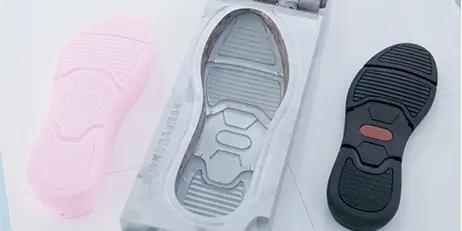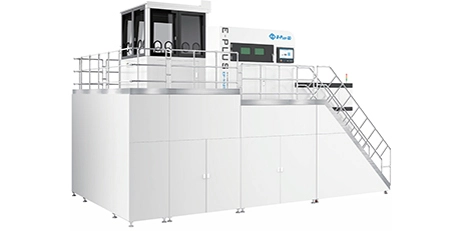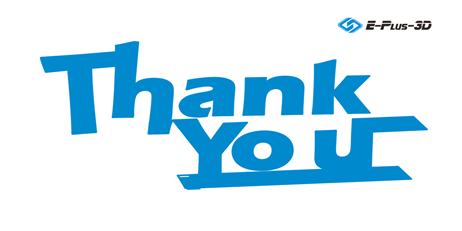Ⅰ. Definition and analysis of additive manufacturing equipment industry
1. Industrial definition: commonly known as 3D printing, it integrates computer-aided design, material processing and molding technologies, based on digital model files, through software and NC systems, and uses special metal materials by extrusion, sintering, melting, light curing, jetting, etc. , non-metallic materials and medical biological materials are stacked layer by layer into the manufacturing technology of physical objects.
2. Market and pattern: The industry has entered a growth period, and the industry ecosystem is becoming more and more mature.
From 2012 to 2017, the scale of China's additive manufacturing (3D printing) market grew rapidly, and the international market share rose from 7% to 21%. In 2017, the scale of China's additive manufacturing (3D printing) industry reached 12 billion yuan, and in 2019 it reached 15.75 billion yuan, a year-on-year increase of 31.1%, and will continue to maintain a good momentum of development.
3. Scope of application: The application of China's 3D printing market is continuously deepening, and it has been widely used in aerospace, automobile, ship, mold and other industries. The proportion of aviation, industrial manufacturing and automobile industries continued to expand, reaching over 50% of the overall market share.
After several years of development, China's 3D industry has entered the growth stage from the initial stage, forming a relatively complete industrial chain.
With the continuous deepening of 3D technology research by university scientific research institutions, patent applications are increasing year by year; composite gypsum powder, epoxy resin, wax materials, etc. are introduced in upstream raw materials; midstream printing equipment and services are involved in enterprises; downstream aerospace, automotive, Medical and many other fields continue to expand.
4. Development trend: Diversification of materials, compounding of technologies, and flexibility of production methods are the future development directions.
Ⅱ. The development of additive manufacturing equipment
1. Guided by "everything printing", diversified development of materials
Plastic materials started the boom in additive manufacturing. Mainly used in aerospace, automotive industry, household appliances, medical equipment and other fields.
Breakthrough in technological innovation of cermet materials. Mainly for aerospace, automobile manufacturing, medical equipment and other fields, dominated by titanium alloys and aluminum alloys, which are the focus of future development; ceramics have high hardness, low cost, and low brittleness, and are still in the process of performance-oriented research and development, mainly for Aerospace, Dental Medicine, etc.
2. From an overall point of view, printing is the direction of comprehensive technology development
The use of process composite to achieve overall printing is the future development direction. The current additive manufacturing equipment industry is basically based on the production of single-material and single-parts, and the integration of multiple materials and various technologies is still in the development and testing stage. After the parts are produced, the complexity of the design model will greatly hinder the assembly. If the overall printing can be realized, it will bring a major breakthrough to the future production and manufacturing. It not only saves time and cost, but also saves welding and other processes, realizes structural integration, and thus achieves stronger welding.
3. Guided by market demand, flexibly develop production models
Production changes oriented by market demand. In recent years, the emergence of a series of high-tech technologies such as intelligent manufacturing, Internet technology, and artificial intelligence has made many impossible technologies possible. The development of these technologies provides a technical basis for personalized customization, tearing off the "expensive" label.























